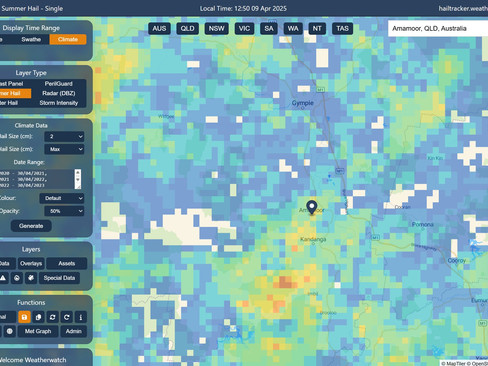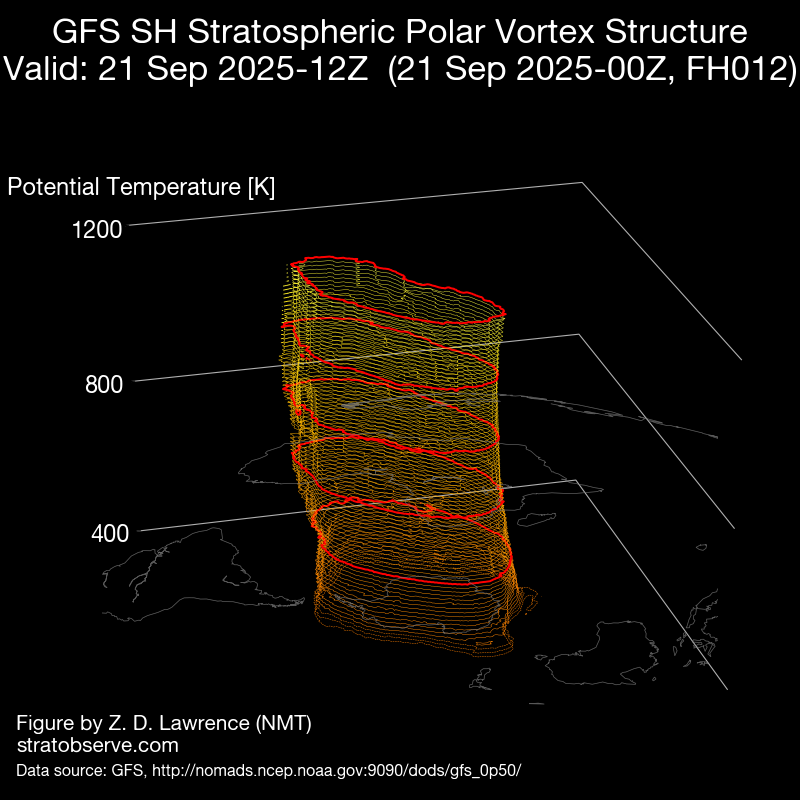New Data Reveals How Climate Cycles Are Shaping Australia's Hailstorms
- Weatherwatch
- Apr 10
- 3 min read
April 10, 2025
For years, scientists have speculated about the link between seasonal climate drivers and hailstorm behaviour across Australia. Patterns like El Niño, La Niña, and the Southern Annular Mode (SAM) have long been suspected to influence hail frequency and severity — but until now, the data to support this has been limited.
Thanks to a major upgrade to the Weatherwatch HailTracker platform, we're finally unlocking new insights into how large-scale climate patterns impact hailstorm risk across the country.

Number of days per year large hail occurs across Southeast Queensland. Source: Weatherwatch HailTracker.
Hail: Still Australia’s Costliest Weather Threat
Despite the devastation caused by recent floods and cyclones, Australia's costliest natural disaster remains the Sydney hailstorm of 1999 — racking up more than $8.8 billion in damage (normalised to 2022 values). For comparison:
Cyclone Tracy (1974): $7.4 billion
2022 Floods: $6.4 billion
(Both normalised to 2022 values).

What’s New in HailTracker?
The updated HailTracker platform now spans decades of hail data sourced from Australia's radar network, with powerful new tools designed for meteorologists, researchers, and industry.
With the latest release, users can:
Generate on-demand hail climate heatmaps
Input custom date ranges to visualise hail risk patterns across any radar-covered location in Australia.
Model seasonal hail risks
Overlay hail data with forecast climate conditions such as El Niño, La Niña, and the IOD to assess future risk profiles.
Assess nearly 30 years of data
Hail data now dates back to 1997 for select locations

Multiple supercells occurred over Southeast Queensland on October 13, 1998 with several reported tornadoes including a weak tornado over Fortitude Valley near the Brisbane CBD. Widespread golfball or larger hail was reported. Source: Weatherwatch HailTracker.
Support deeper climate research
Educational institutions can access the data free of charge under Weatherwatch’s research licence.
Power high-precision reporting
Enhance our Hail Verification and HailFinder reports to accelerate insurance claims

What We’re Seeing So Far
To showcase the platform’s capabilities, we analysed hail and thunderstorm trends at key locations:
Sydney: During La Niña years, hail and severe thunderstorms appear more frequent and more intense than during El Niño periods — particularly in spring and early summer.
Average number of days per year large hail occurs across Sydney in a La Nina year compared to an El Nino year. Source: Weatherwatch HailTracker.
Inland NSW: Northern inland regions also show a strong La Niña hail bias, with higher frequencies and broader coverage of hail-prone storms.
Average number of days per year large hail occurs across northern inland NSW in a La Nina year compared to an El Nino year. Source: Weatherwatch HailTracker.
Southeast Queensland: Here, the total number of hail events remains similar between years, but the geographic focus shifts depending on the broader seasonal climate setup.
Average number of days per year large hail occurs across around Gympie in a La Nina year compared to an El Nino year. Source: Weatherwatch HailTracker.
A Leap Forward for Storm Risk Understanding
With HailTracker now ingesting custom date ranges and enabling rapid filtering by climate drivers, researchers can begin exploring how variables like ocean temperatures, upper-air patterns, and storm energy shape hailstorm outcomes.
This advancement is more than academic — it has real-world applications for risk management, insurance, infrastructure planning, and emergency services.
The hail data has also been fed into Weatherwatch's SmartHail alerting system - an intelligent real-time hail forecasting system that provides hail alerts across Australia by forecasting where hail will move during the next 30 minutes by running a realtime forecast model updated every 5 minutes.
Want to Explore HailTracker?
Whether you're a researcher, risk manager, or simply want to stay one step ahead of severe weather, our team would love to show you what the new HailTracker platform can do.
Weatherwatch – your trusted partner in weather intelligence




















